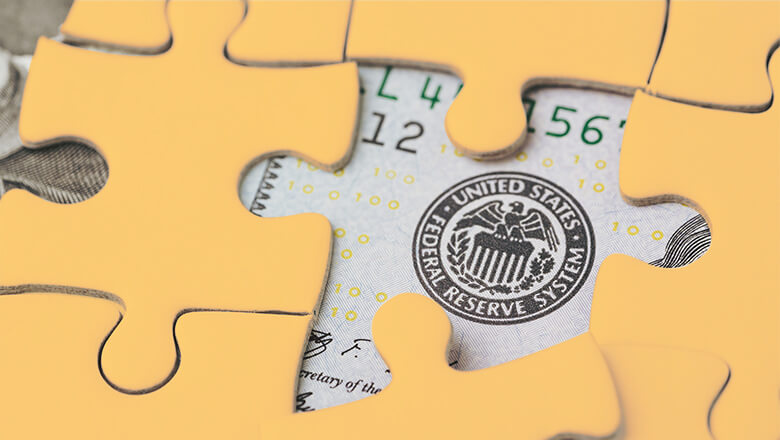What’s Happening
Inflation is up at levels not seen since 1982, with prices having increased by 7.9% on average over the past 12 months. In response, the Federal Reserve has indicated it plans to raise its target rate, which is how institutions determine what to charge each other when lending money.
The central bank is expected to enact a 25-basis-point hike in an attempt to slow inflation, which would be the first such increase in three years, with more hikes expected before the end of 2022. Economists point out that spending traditionally decreases when interest rates rise, due to the increased cost of borrowing associated with things like credit cards. This theoretically helps push down prices.
Reconsider Your Bills and Deposits
Financial advisors note credit cards are important to focus on, especially if you carry what’s known as revolving debt from month to month. Your annual percentage rate may change once the Fed makes a move. There are a few ways to ease revolving debt, however. The simplest, though in some ways the hardest, is to make a payoff plan. That requires you to plot out how much you can afford to pay each month and calculate how long it’ll take to pay off what you owe.
In the long term, debt consolidation could potentially help people spend less money over the life of the loan, if they are able to secure a lower interest rate on the consolidation loan.
Student loans are something to look at depending on their structure. Federal student loans have fixed rates that won’t change as a result of any hikes, but private loans can have variable rates.
What to Expect For Cars and Homes
Rising rates will push up the cost of an auto loan, but this may be easier for some consumers to ignore. For example, a typical auto loan payment for a $25,000 car will only increase by a few bucks a month based on a quarter-percentage-point hike.
Monthly mortgage payments are also set to increase in a rising-rate environment. If you have a home equity line of credit your payment may go up immediately, as they adjust in real time rather than annually. The central bank seems convinced hikes are what’s needed to slow down inflation, and it’s always best to consider where your finances need to be adjusted in response.
Things are changing daily within the financial world. Sign up for the SoFi Daily Newsletter to get the latest news updates in your inbox every weekday.
Please understand that this information provided is general in nature and shouldn’t be construed as a recommendation or solicitation of any products offered by SoFi’s affiliates and subsidiaries. In addition, this information is by no means meant to provide investment or financial advice, nor is it intended to serve as the basis for any investment decision or recommendation to buy or sell any asset. Keep in mind that investing involves risk, and past performance of an asset never guarantees future results or returns. It’s important for investors to consider their specific financial needs, goals, and risk profile before making an investment decision.
The information and analysis provided through hyperlinks to third party websites, while believed to be accurate, cannot be guaranteed by SoFi. These links are provided for informational purposes and should not be viewed as an endorsement. No brands or products mentioned are affiliated with SoFi, nor do they endorse or sponsor this content.
Communication of SoFi Wealth LLC an SEC Registered Investment Adviser
SoFi isn’t recommending and is not affiliated with the brands or companies displayed. Brands displayed neither endorse or sponsor this article. Third party trademarks and service marks referenced are property of their respective owners.
SOSS22031503
The post Putting Your Money in Focus as the Fed Gets Ready to Raise Interest Rates appeared first on SoFi.





Leave A Comment